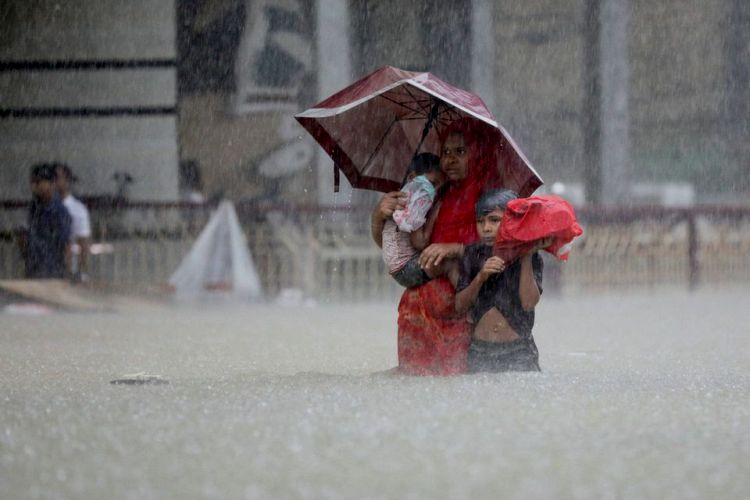
Northeastern and northern parts of Bangladesh may witness prolonged flood as record breaking rainfalls were recorded inside Bangladesh and upstream states of India during the ongoing flood. COURTESY
Officials said flood situation has improved slightly in northeastern and northern parts of Bangladesh while other low-lying areas of the country are likely to be inundated.
"Despite flood situation is likely to improve in the Sylhet, Habiganj, Moulvibazar, Sunamganj and Netrokona districts and northern districts , it will take time for receding flood water.... meaning flood in northeastern, northern parts of Bangladesh might linger," a Flood Forecasting and Warning Centre (FFWC) spokesman Md Arifuzzaman Bhuyan told media.
"Water now continued to flow above the danger lines in two of the country's four major river basins . . . the situation is worst since the 2004 flooding," he added.
Bhuiyan, an FFWC executive engineer, said "heavy downpours worsened the flood situation which is gradually deteriorating in northern and north-eastern parts of Bangladesh".
He said the trend was worsening as the forecasts suggested the heavy rainfall to continue for the next couple of days both in the upstream Meghalaya Assam and western Himalayan regions of India alongside Bangladesh.
Monsoon rains and gushing waters from upstream India overnight worsened Bangladesh flood situation with experts calling it the worst since 2004 while millions of people are still marooned as pace of flood water receding is very slow, the FFWC official said.
Northeastern and northern parts of Bangladesh may witness prolonged flood as record breaking rainfalls were recorded inside Bangladesh and upstream states of India during the ongoing flood.
"We have seen both Bangladesh and upstream states of Meghalaya and Assam and western Himalayan regions of India recorded heavy rainfall, the highest over 100 years," Professor Md Mansur Rahman of Institute of Water and Flood Management of BUET told BSS today.
Major rivers and their tributaries of Bangladesh have no capacity to contain such huge volume of rains, which ultimately is causing massive flooding in northeastern and northern regions of the country, he added.
Mansur said there is a huge gap between Bangladesh and upstream regions of India in terms of elevation from sea level. "So, onrush of water enters Bangladesh with a faster pace, which causes flooding," he added.
The hydrologist said a large number of embankments have been built in both Bangladesh and Indian regions to control flow of water of major rivers, which are the main reasons for increasing frequency of flooding.
The ongoing flood in Meghna basin may prolong as "only exit point of flood water is Bhairab at the Megna river will take much time to pass such huge volume of flood water into the Bay of Bangal... meaning flood in northeastern region is likely to be prolonged, if the heavy downpour continue."
Water levels at 61 river stations monitored by Flood Forecasting and Warning Centre (FFWC) have marked rise while 47 stations recorded fall. Among the 109 monitored stations, one river station has been registered steady while water levels at 21 stations are flowing above the danger level, a bulletin issued by the FFWC said here today.
The Brahmaputra at Noonkhawa, Hatia, Chilmari and Fulchari, the Jamuna at Bahadurabad, Sariakandi, Kazipur, Serajganj and Porabari, the Dharla at Kurigram, the Ghagot at Gaibandha, the Atrai at Baghbari, the Surma at Kanaighat, Sylhet and Sunamganj, the Kushiyara at Amalshid and Sheola, the Old Surma at Derai, the Baulai at Khaliajuri, the Someswari at Kalmakanda and the Titas at Brahmanbaria are flowing above danger level by 18cm, 103cm, 52cm, 60cm, 57cm, 64cm, 61cm, 50cm, 45cm, 41cm, 42cm, 03cm, 100cm, 31cm, 12cm, 191cm, 66cm,89 cm, 50cm,73cm and 13 cm respectively.
According to the numerical weather forecast of meteorological agencies, heavy to very heavy rainfall inside Bangladesh and different upstream Indian regions is less unlikely, the FFWC bulletin added.
The Brahmaputa-Jamuna and all the major rivers of the north-eastern region of the country (except the Teesta) may fall, while the Ganges-Padma river may rise in the next 24 hours, it said.
The FFWC bulletin said flood situation in the Sylhet, Habiganj, Moulvibazar, Sunamganj and Netrokona districts may improve, while in the Kishoreganj and B. Baria districts may slightly deteriorate in next 24 hours while in the next 24 hours, the flood situation in Kurigram, Gaibandha, Bogra and Jamalpur may remain steady while in the Sirajganj and Tangail may deteriorate slightly.
There is a chance of short duration flood in the low lying areas of Shariatpur and Madaripur districts in the next 24 hours, the centre added. Water levels of the Brahmaputra started falling while Jamuna continues rising with a possibility of improvement of flood situation soon in the Brahmaputra basin.
In Moulvibazar, Environment, Forest and Climate Change Minister Md Shahab Uddin today said the government is doing everything necessary for the flood-affected people.
"This government is and will remain beside the helpless people during any disaster including floods," he said this while inspecting various flood-hit places in Juri upazila of Moulvibazar. The environment minister said as long as there is flood, everything necessary including food will be provided, a ministry press release said.
The environment minister distributed relief items including rice, pulses, potatoes, water purification tablets and other relief items among 850 flood-affected families of Juri upazila.
Earlier, he also distributed VGF rice among the flood victims at Baralekha Municipality auditorium.
In Jamalpur, flood situation in the district further deteriorated affecting about 70 thousand people. According to District Relief and Rehabilitation officer, Alamgir Hossain flood affected 69,762 people in 155 villages in 29 unions of the district. Out of the affected people 5,175 took shelter in six flood shelters.
He also said around 17 tonnes of rice and 630 packets of dried food were distributed among the flood victims in Dewanganj upazila while 4 tonnes of rice in Bakshiganj, 20 tonnes rice in Islampur, 21 tonnes rice in Sarishabari and 75 packets of dried food in Madarganj upazila.
Department of Agriculture Extension sources said with the rising of flood water crops on 5,145 hectares of land including T-Aman seed bed, Aush, jute, vegetable, chilly, maize and sesame were submerged in all the seven upazilas of the district.






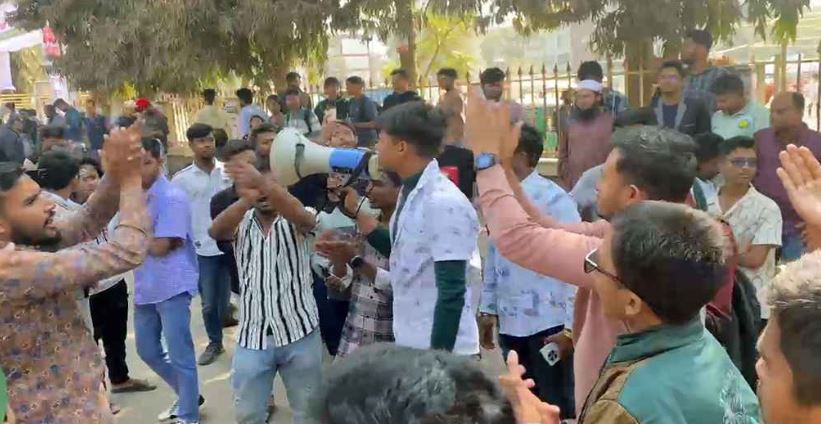
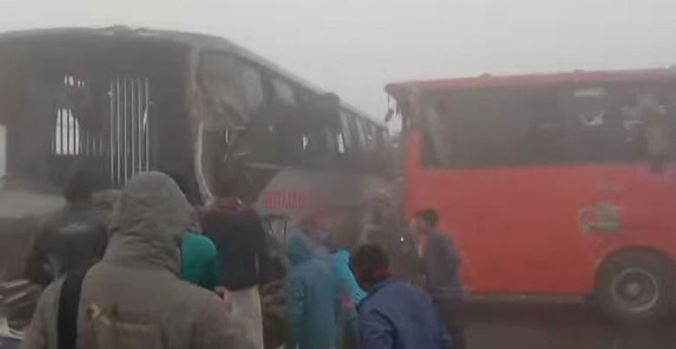
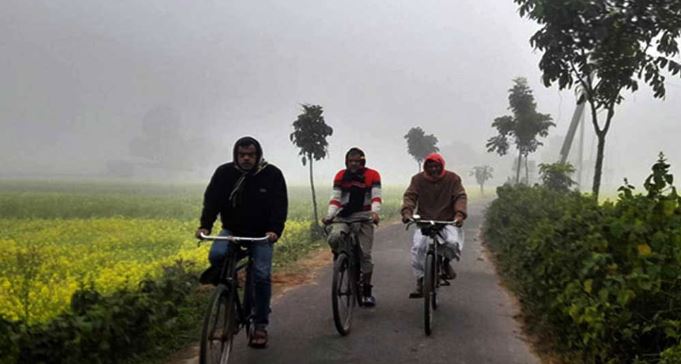

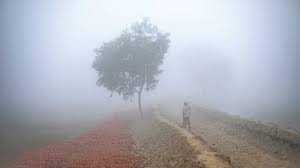

0 Comments